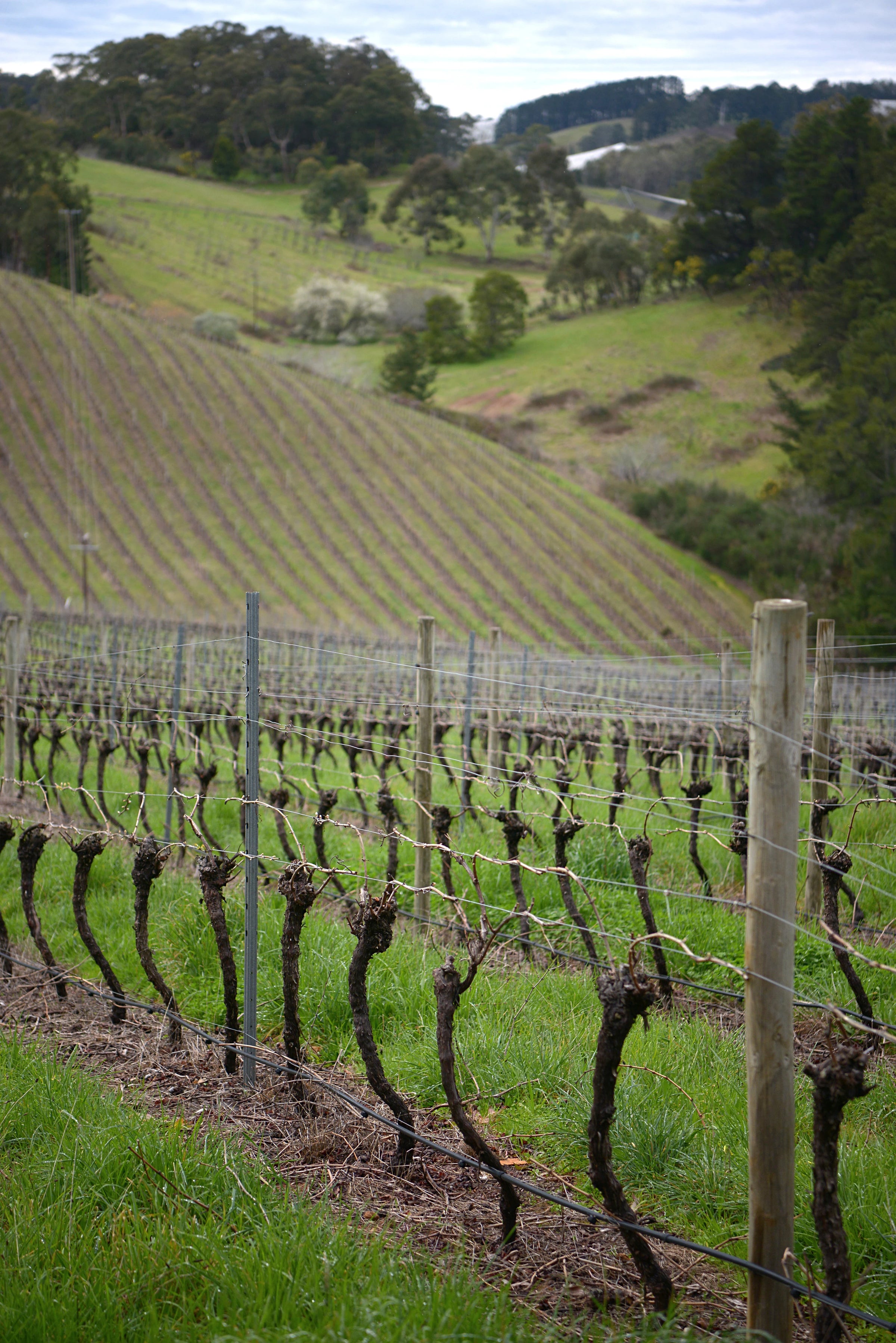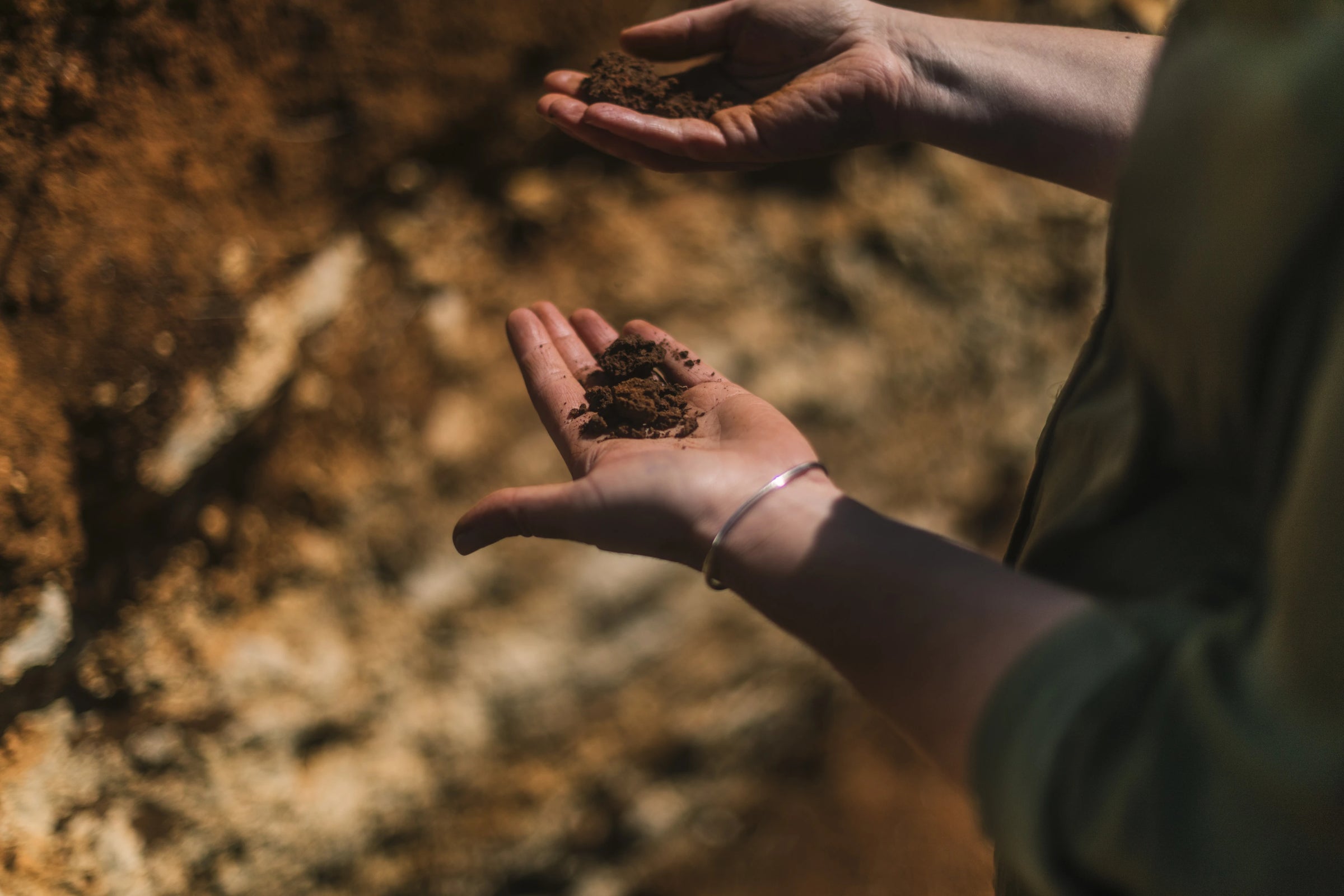The exoticism of Australia extends far beyond its colorful wildlife and back-of-beyond location—the world’s oldest vines thrive here and by extension, the most singular wines imaginable take form. Enter “Sucette,” a fantastic beauty-over-beast Grenache possessing raw material that would make the most battle-hardened and well-versed wine aficionados fall out of their chairs. Hailing from
preternaturally ancient vines that are pushing 160 years old and self-rooted in pure sand, this is what Château Rayas would look, smell, and taste like if the legendary estate relocated Down Under.
Of course, you’ll have shell out $1,000 for the current vintage, if you can even find it. “Sucette,” on the other hand, is one-twentieth of that, hails from vines that make Rayas’ look junior, and delivers a confoundingly delicious experience. Owners Richard and Carla Rza Betts (yes, Master Sommelier Richard Betts!) knew that working these gnarled trunks without one drop of irrigation would require extreme vigilance and excruciating work, but they wouldn’t have it any other way. The resulting wine is what they envisioned from the very beginning: Authentic, elegant, old-vine Grenache that is unafraid of comparing itself to the mightiness of Rayas. Once the first glass is poured, you’ll be glued to its seductive aromatic makeup, ancient energy, and dripping-in-red-fruit core. It’ll age too, but I guarantee that’ll be a hard feat for anyone considering how incredible and incredibly priced this wine is right now. Enjoy!
I’ll let Richard Betts take it from here:
We're big believers that when planted in the right place and made the right way, Grenache becomes the warm-climate analog to Pinot Noir, reaching its seductive apogee. Of course, it's not as easy as it sounds: you've got to have old vines growing in specifically sandy soil to get the utmost complexity, perfume, and spice. So where to find old-vine, sand-grown Grenache? France's Rhône Valley is one such place, where there exists a tiny pocket within Châteauneuf-du-Pape that is monopolized by legend Château Rayas, a producer who crafts the most coveted, cellar-worthy varietal version of all. But there are other great spots for old(er)-vine, sand-grown Grenache that are just now realizing their true potential.
Australia has a long and distinguished grape-growing history hundreds of years in the making. Coupled with its remote location, Australia is also home to the oldest living grapevines on the planet today. It's also worth mentioning that Australia is nearly as large as the United States, so, as one might imagine, a great variety of wine styles are possible. Our favorite style harkens back to a more European sensibility for grace and seduction. With this, we're super excited to share what we believe rivals France's Châteauneuf-du-Pape as the greatest spot on the planet for Grenache: Vine Vale in the Barossa Valley of South Australia, specifically the Rza Block (planted circa 1860-1880).
Now, the Barossa is a big place with a variety of soils, but only in Vine Vale do you find the deep sand (it literally looks like the beach) accompanied by the cooling local 'gully breezes' that sweep down from the nearby Barossa Ranges & Eden Valley. For a long time, the locals grew carrots here alongside grapes and it was only through the test of time that these antique Grenache vines proved themselves to be amongst the very best anywhere. Exit the carrots, enter us.
We've chosen to plant our flag here for our winemaking heart and soul, which we call An Approach To Relaxation. We make a single red wine, and it's the best wine we can imagine and everything we hope for.
When you have such great raw material, the real key is to get it into the bottle without messing it up. This means doing as little as possible along the way so that the grapes can express all that they have been cultivating for well over a century. Everything is hand-picked and it ferments (35% whole-bunch in 2016) outdoors under the moon and the sun. We then press in a traditional wooden basket press and age the wine in old French oak barrels for about a year.
The result is ruby red, super aromatic, immediately charming, and armed with a sneaky persistence. When we first shared our wine with our trusted sommelier colleagues, nearly every one of them mistook it as French and some even as Pinot Noir. Go figure. How does it taste? Well, first, look at it. You’ll see something that actually looks a whole lot like red Burgundy—clear ruby red that you can actually read through. Then, the nose is lifted and beautiful with notes of ripe summer strawberries, orange spice, mineral, and star anise (I, Ian Cauble, will also add that there is a profound sense of Australian Grenache identity with echoes of Rayas—sweet mint, meat, white pepper, dried herbs). Drink up as you should and you’re rewarded with a surprisingly potent mouthful of the same strawberries and spices with a very long silky finish. We think you’re going to like it.
Oh, and a pro tip: “room temp” does not mean the temp of any old room. This phrase was invented when the room was in a castle in cold, dark Europe and, as it turns out, those chilly rooms were exactly the right temperature at which to serve red wine. Flash forward to today and the easiest low-tech solution is to put the bottle in the fridge for 20 minutes before serving—you and the wine will be much happier. Cheers!




